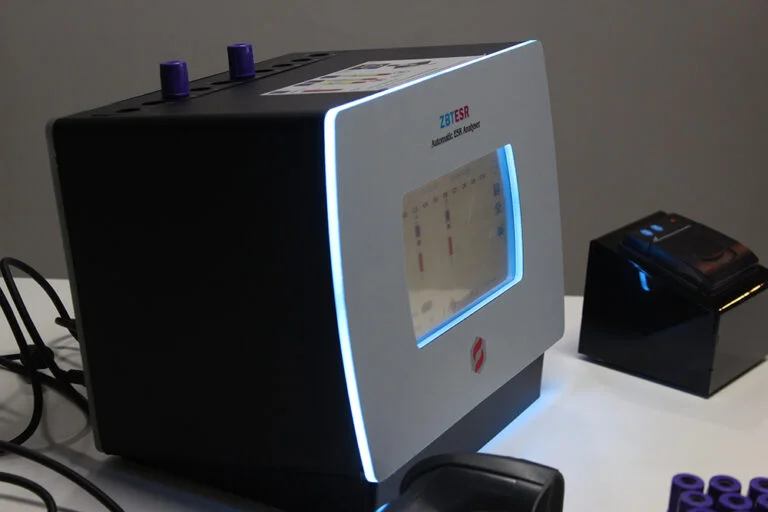Best Biochemistry Analyzer with Auto Sampler
Hospitals and laboratories with high volumes require a biochemistry analyzer with an auto sampler so that throughput is rapid and smooth. An auto sampler refers to an arrangement where the analyzer is loaded with multiple samples in a sequence automatically for analysis. The tedious and time-consuming single sample is not loaded manually.
The most immediate benefits of an auto sampler are throughput and efficiency. An auto sampler allows the analyzer to run continuously, hundreds of samples an hour, as is necessary for busy facilities.
No longer is there the need for man-around-the-clock supervision, and laboratory technicians are able to devote their time to higher-level work. Auto samplers allow for a standard and uniform sample loading process and also minimize the risk of human cross-contamination. When auto samplers are combined with biochemistry analyzers, laboratories can streamline their processes, increase throughput, and perform higher volumes of tests in a consistent and accurate process.


